Pheidole Queen | Discover the Pheidole Queen: Ant Colony Monarch


Key Takeaways
- The Pheidole queen holds a central place in the colony's hierarchy.
- She contributes significantly to ant reproduction and ensures the colony's sustainability.
- Understanding her biology and size is crucial to comprehending the overall dynamics of the colony.
- Caretakers must maintain her well-being and longevity to ensure the queen's productivity.
- The Pheidole queen is the backbone of the intricate social structure that governs ant colonies.
Understanding Pheidole Queen Biology
When it comes to ant biology, the Pheidole queen is a standout among ant species. This remarkable creature possesses unique biological characteristics that distinguish it from other ants.
One of the most fascinating aspects of Pheidole queen biology is their role in ant reproduction. The queen's primary function is to lay eggs, which hatch into larvae and mature into adult worker ants. The queen's ability to produce vast numbers of offspring is critical to the colony's growth and sustainability.
Interestingly, the size of the queen can vary significantly among ant species. Some Pheidole queen ants are relatively small, while others can be two or three times larger than the average worker ant. The size of the queen has implications for the colony's dynamics, including worker ant behavior and aggression levels.
Overall, gaining an understanding of Pheidole queen biology is essential to understanding their vital role in ant colonies and the overall ecosystem. By delving deeper into the intricacies of ant reproduction and the queen's contributions, we can gain valuable insights into these remarkable insects and their behaviors.
Pheidole Queen Biology Table

| Characteristic | Description |
|---|---|
| Reproduction | The queen is responsible for laying eggs, contributing to the colony's growth and sustainability. |
| Size | The size of the queen varies significantly, with some species having much larger queens than others. |
| Colony Hierarchy | The queen plays a central role in the ant colony's hierarchy, with worker ants serving her needs and protecting her from harm. |
The Care and Lifespan of a Pheidole Queen
The Pheidole queen is a remarkable creature, responsible for the reproduction and survival of her colony. In caring for the queen, there are several essential factors to consider to ensure her well-being and longevity.
The Role of Adequate Nutrition
Providing the queen with adequate nutrition is crucial to her health and productivity. A balanced diet, rich in proteins and carbohydrates, is necessary for the queen to produce healthy offspring and maintain her high level of activity. To achieve this, caretakers often feed the queen with small amounts of insects and sugars, either from natural sources or in the form of supplements.
The Importance of Nest Conditions
The nest environment plays a significant role in the queen's well-being and lifespan. It's essential to keep the nest clean, with fresh water and a suitable substrate, to prevent the queen from developing infections or falling ill. High levels of humidity can also lead to fungal growth, which can be detrimental to the queen's health. Caretakers should regularly monitor humidity levels and adjust them as necessary.
The Impact of Stress
The Pheidole queen is highly susceptible to stress, which can have a detrimental impact on her lifespan. Caretakers should avoid unnecessary disturbances and provide a stable environment to keep the queen calm and relaxed. Overcrowding, extreme temperatures, and vibrations can all contribute to the queen's stress levels and should be avoided.

Size Matters: Understanding Pheidole Queen Size
The size of the Pheidole queen is one of the key factors that determines her role within the colony. Recent ant research has shown that the size of the queen can have a significant impact on the dynamics of the colony and the behavior of the workers.
The queen's physical size is influenced by a variety of genetic and environmental factors. Studies have found that queens in larger colonies tend to be smaller in size, while those in smaller colonies are larger. This suggests that the queen's size may be influenced by the amount of available resources and the competition within the colony.
Interestingly, the size of the queen can also affect the behavior of the workers. Larger queens have been found to produce more pheromones, chemical signals that influence the behavior of the workers. This can lead to changes in the division of labor within the colony, as well as the level of aggression between colonies.
Overall, understanding the size of the Pheidole queen is crucial to our understanding of ant colony dynamics. By examining the factors that influence the queen's size, we can gain valuable insights into the behavior of ant colonies and the ways in which they adapt to changing environments.
The Intricacies of Ant Colony Life
Ant colonies are complex societies with intricate social structures that allow them to survive and thrive. Pheidole ants, in particular, are known for their organized colony dynamics and division of labor.
The queen, as we know, is the ruler of the ant colony, but her power is not absolute. She relies on a hierarchy of workers that perform various tasks essential to the colony's survival, from foraging for food to caring for the young. The queen's primary role is to lay eggs and ensure the colony's growth.
Pheidole ants also exhibit fascinating communication methods, primarily through the use of chemical signals called pheromones. These chemical messages allow ants to convey information about food sources, danger, and even the identity of other colony members.
Division of Labor
Each ant has a specific job to do within the colony, based on its size, age, and physical abilities. This division of labor ensures that all essential tasks are completed efficiently, from building the nest to caring for the brood.
Worker ants are further categorized into groups based on their size, with the larger ants handling more physically demanding tasks and the smaller ants focusing on tasks that require more precision and attention to detail.
Ant Colony Organization
Ant colonies are organized into groups called "castes," based on their role within the colony. There are typically three castes in a Pheidole ant colony: the queens, workers, and soldiers.
The queen, as we know, is responsible for laying eggs and ensuring the colony's growth. The workers are responsible for tending to the queen and her young, foraging for food, and building and maintaining the nest. Soldiers, which are typically larger than workers, are responsible for protecting the colony from predators and other threats.
The Pheidole Ant: A Remarkable Species
"Ants are more like the parts of an animal than entities on their own. They are mobile cells, circulating through a dense connective tissue of sorts, a social web of interactions that give the colony the semblance of being a single animal that stretches over time." - Steven Johnson
The Pheidole ant is a remarkable species with a unique way of life and fascinating colony dynamics. Their intricate communication methods, complex social structure, and division of labor have made them a subject of fascination for scientists and ant enthusiasts alike.
Through our exploration of ant colony life and the remarkable Pheidole ant, we hope to have shed some light on the fascinating world of these industrious creatures and their critical role in our ecosystem.
Conclusion
Throughout our exploration of the Pheidole queen and ant colony dynamics, we have witnessed the remarkable complexity and sophistication of these tiny creatures. From the queen's vital role in reproduction and colony growth to the intricate social structure and division of labor within the colony, ants have proven themselves to be fascinating subjects of study.
As we continue to learn more about ants and their importance in our ecosystem, we gain a greater appreciation for the interconnectedness of all living things. By taking steps to preserve and protect ant populations, we can help ensure the health and sustainability of our environment for future generations.
Thank you for joining us on this journey into the world of ants. We hope you found it as enlightening and enjoyable as we did.
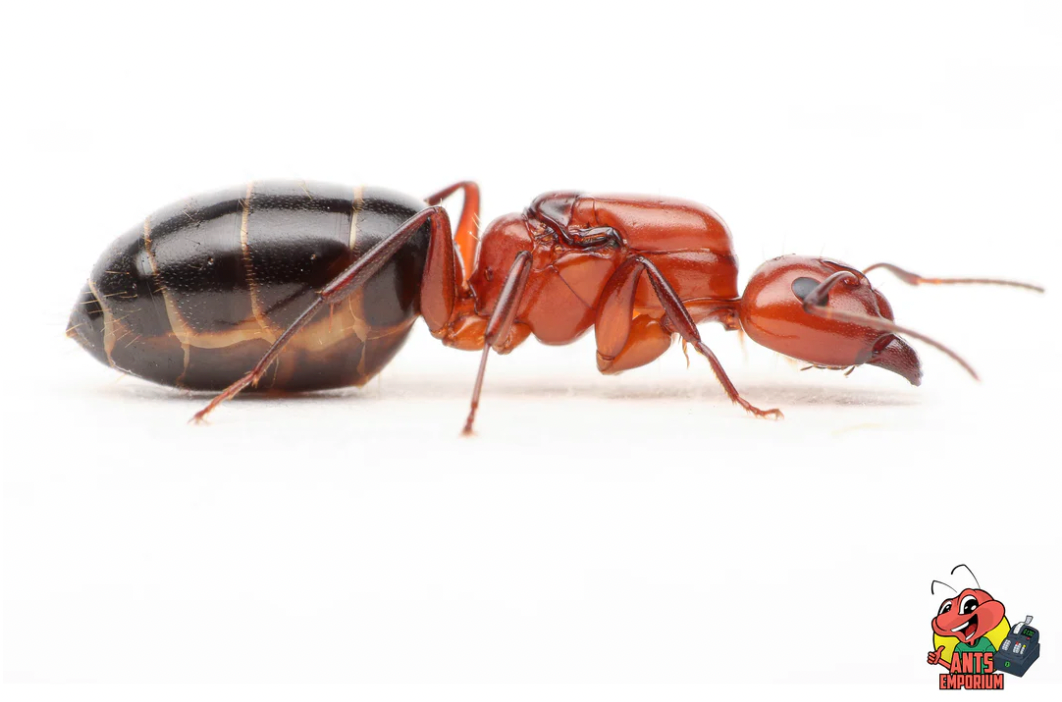
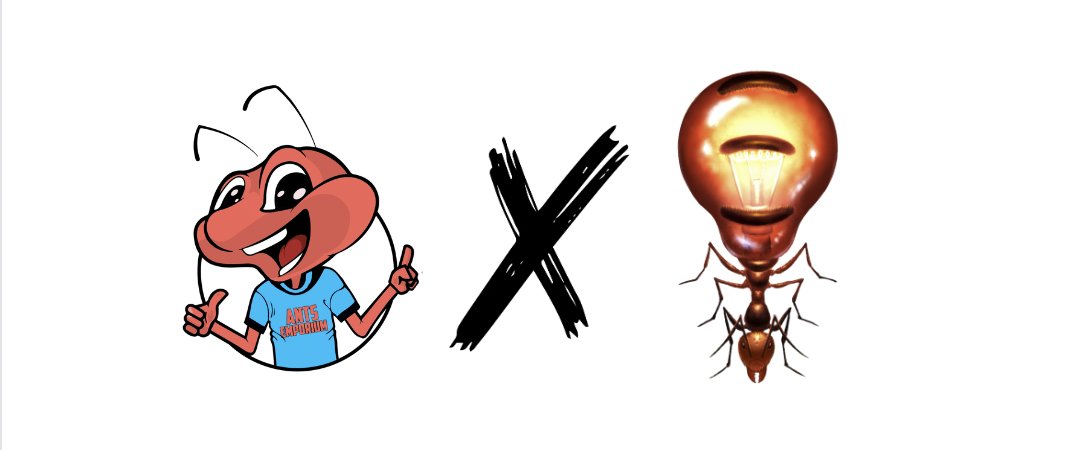
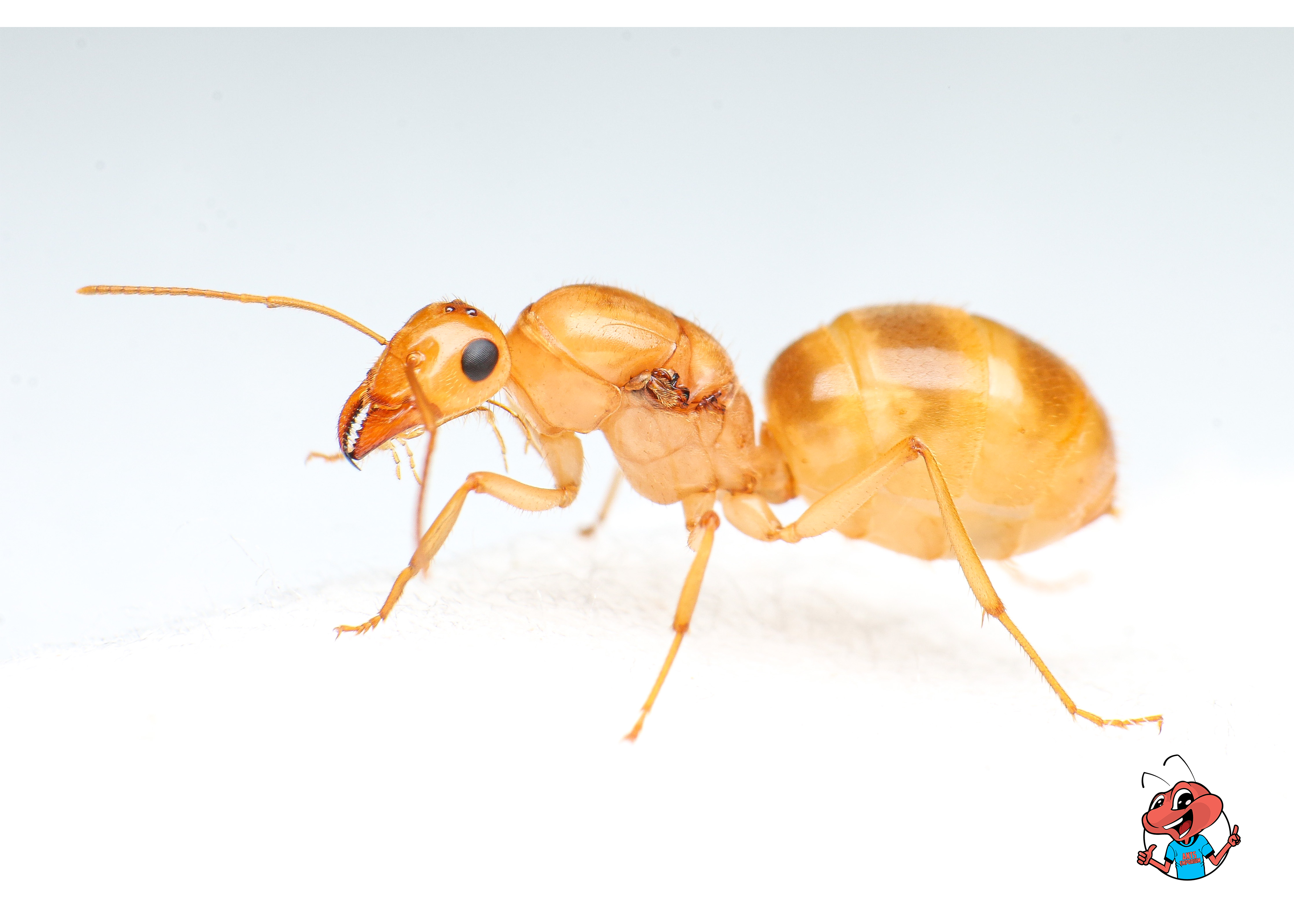
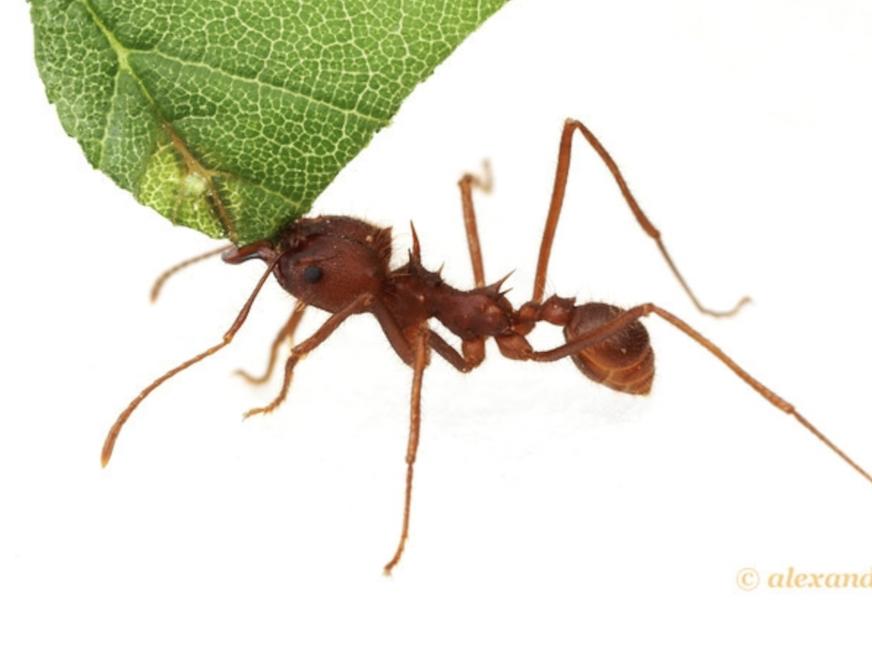
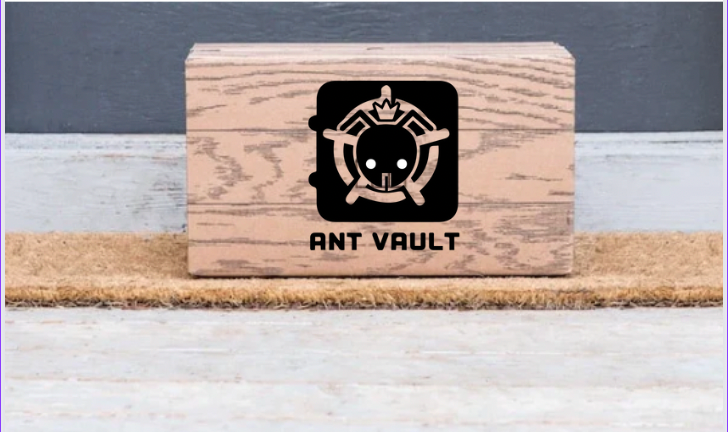


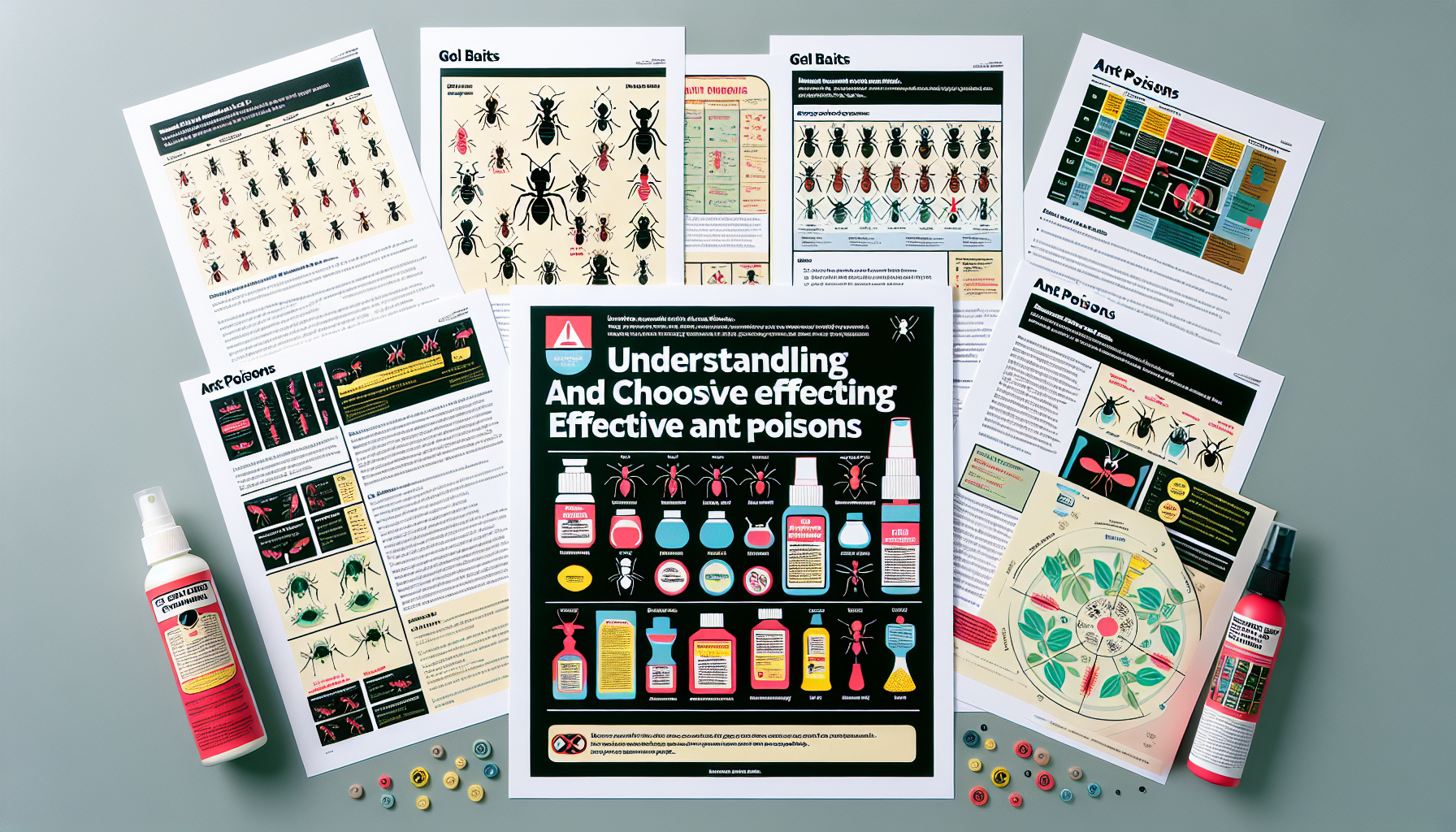
Leave a comment